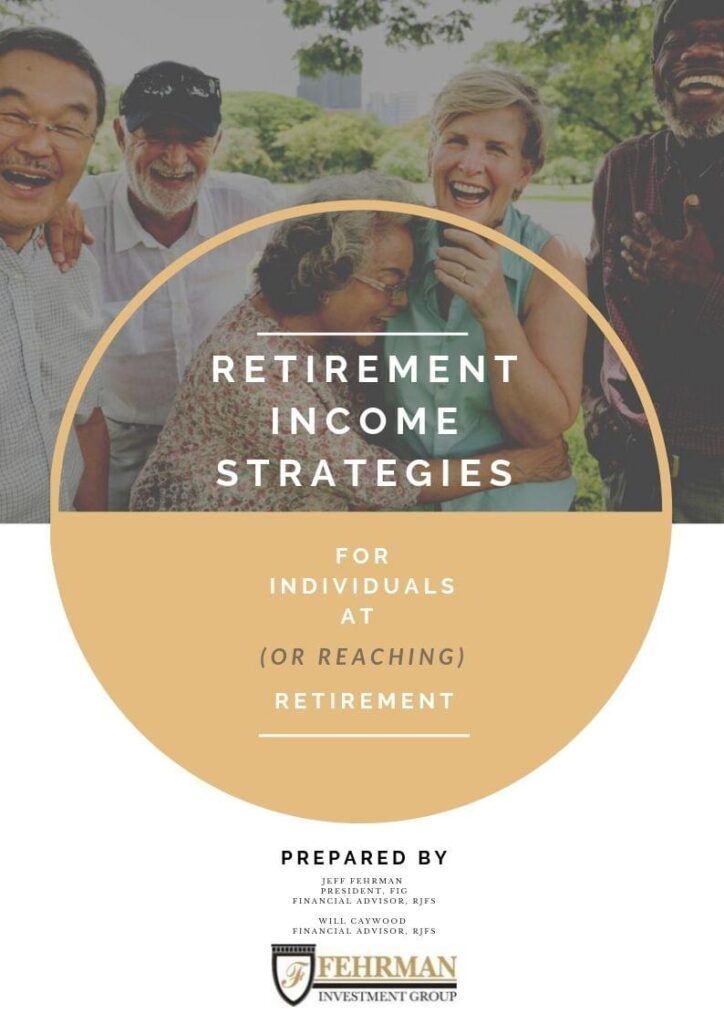Federal Reserve Policy:
Currently, the main challenge of the Fed is lowering inflation without causing a hard landing. However, Raymond James’ base case is that the Fed will be successful in engineering a soft landing, fueled by strong job creation, a strong consumer, and continued reopening. The Federal Reserve has faced similar situations in the past and has been successful in 1965, 1984, and 1994. Historically, after a soft landing, the S&P 500 has been positive for the following 2, 3, and 4 years.
Already, Raymond James has revised its GDP estimate from 4% to 2.4%, which is still strong but slowing as would be expected in a soft landing. The housing market, which is very interest rate sensitive, is also beginning to slow as mortgage rates creep up. However, the Fed still has several meetings before the end of the year. Raymond James’ analysts expect the Fed to raise rates by 0.5% in June and July. In August, they will meet in Jackson Hole to discuss next steps. With several months of data to review, they will have a better gauge on any needed rate hikes in September, possibly 0.25% or 0.5% if any are needed.
The Consumer & Reopening:
The consumer has $2.5T in excess savings and a historically low debt balance which lends itself to a strong household balance sheet. As the economy continues to reopen, people are shifting their spending from goods to experiences. This has a 2-part effect:
- Money continues to flow into the economy.
- As people spend more on services, they spend less on goods. This will help alleviate supply chain constraints as inventories will not need to be as robust. We have already started to see the effects of this shift as several large retailers have signaled that they have excess inventory. As such, they have begun offering discounts and promotions again to get rid of the inventory.
Airlines & Travel:
Raymond James’ analysts are calling this summer the “Summer of Revenge” due to the pent-up demand for travel. There have been countless events and trips that have been postponed, and people are now willing to pay higher prices for flights, hotels, and gas to do these things. In fact, 81% of people said they planned to travel this year, versus 68% last year. We see this as a positive sign for the economy as consumers are eager to spend the additional $2.5T on their personal balance sheets.
While there have been plenty of headwinds in the airline industry including staffing issues (especially pilots), higher fuel costs, and testing requirements for international flights, people are still willing to spend money on travel for now. The increased demand to travel has been driven more by personal travel than business travel as so many are still working from home, and a lot of business travel has still not started back.
The Markets:
The volatility at the start of the year and now in the summer has many people thinking, “Sell in May and Go Away”. This is an adage that has historically been a strategy where you own stocks from the fall to the spring and not the during the summer from Memorial Day to Labor Day. However, this strategy has not proven effective over the last decade. The past 6 years have seen positive performance during this time period, and in 8 of the last 10 years, returns have been positive. While we are hopeful for higher prices by the end of summer, it is likely we will experience heightened volatility on the way.
As aforementioned, this year has seen a lot of volatility as the S&P 500’s start to this year through Memorial Day has been the worst since 1990. However, the volatility has not been limited to the equity markets. From a risk adjusted rate of return, the bond market has been worse so far this year. Of the 10 down years since 1990 (not including 2022), 7 out of the previous 10 instances had a positive return during the summer months. In addition, 6 out of 10 times, it was positive from Memorial Day through the end of the year. As we mentioned earlier, we think that there will be a soft landing in the economy without a recession like other times. We continue to reiterate that we believe we’ll be higher from the current levels in the stock market by the end of the year.
The information has been obtained from sources considered reliable, but we do not guarantee that the foregoing material is accurate or complete. Any opinions are those of Fehrman Investment Group and not necessarily those of Raymond James. Expressions of opinions are as of this date and are subject to change without notice. There is no guarantee that these statements, opinions or forecasts provided herein will prove to be correct. Investing involves risk and investors may incur a profit or a loss. Past performance does not guarantee future results. The S&P 500 is an unmanaged index of 500 widely held stocks that is generally considered representative of the U.S. stock market. The Dow Jones Industrial Average (DJIA), commonly known as “The Dow” is an index representing 30 stocks of companies maintained and reviewed by the editors of the Wall Street Journal. Fehrman Investment Group is not a registered broker/dealer and is independent of Raymond James Financial Services Investment advisory services offered through Raymond James Financial Services Advisors, Inc. Securities offered through Raymond James Financial Services, Inc. member FINRA/SIPC





